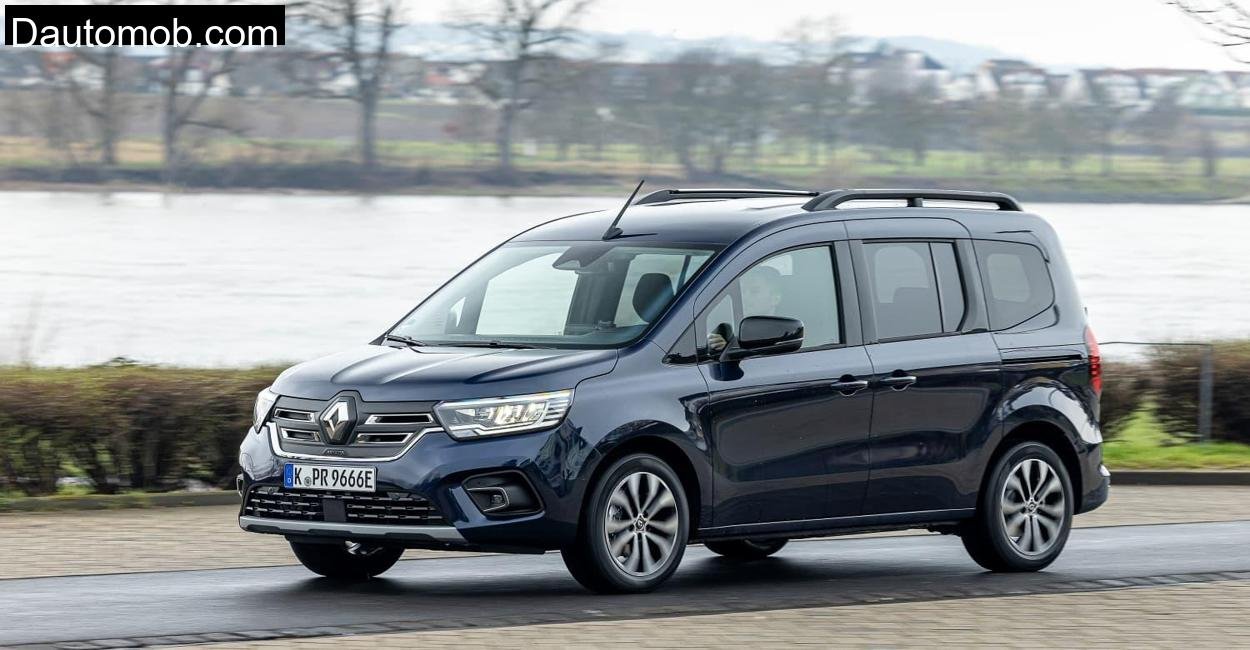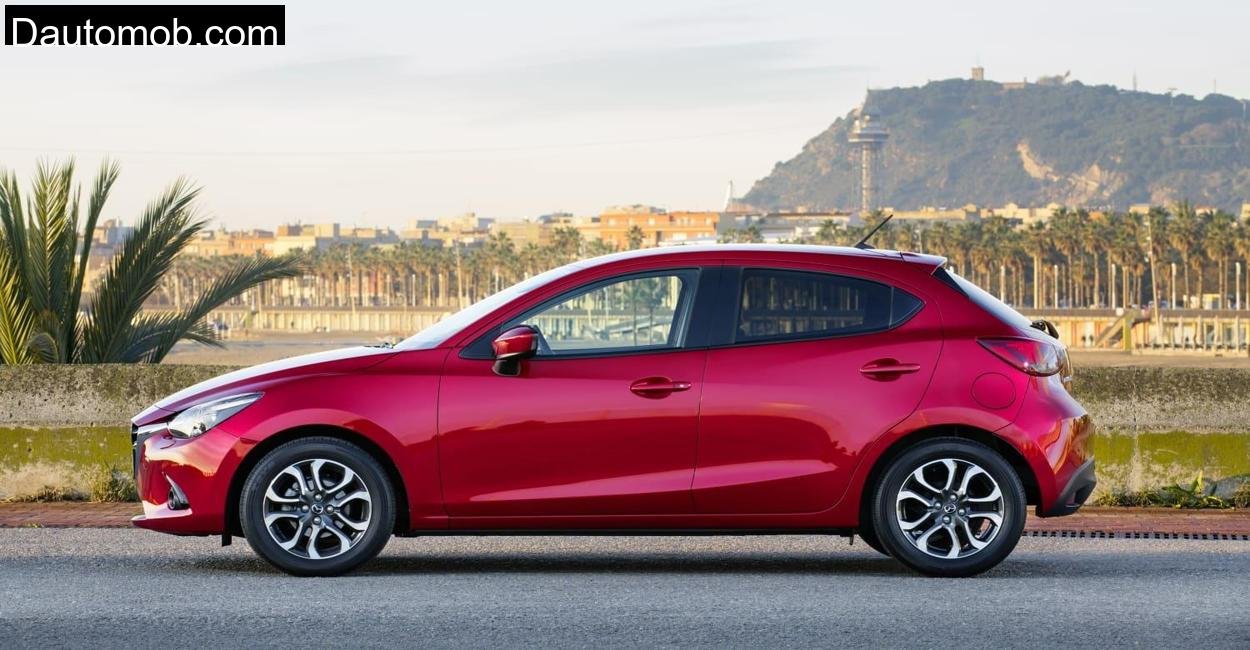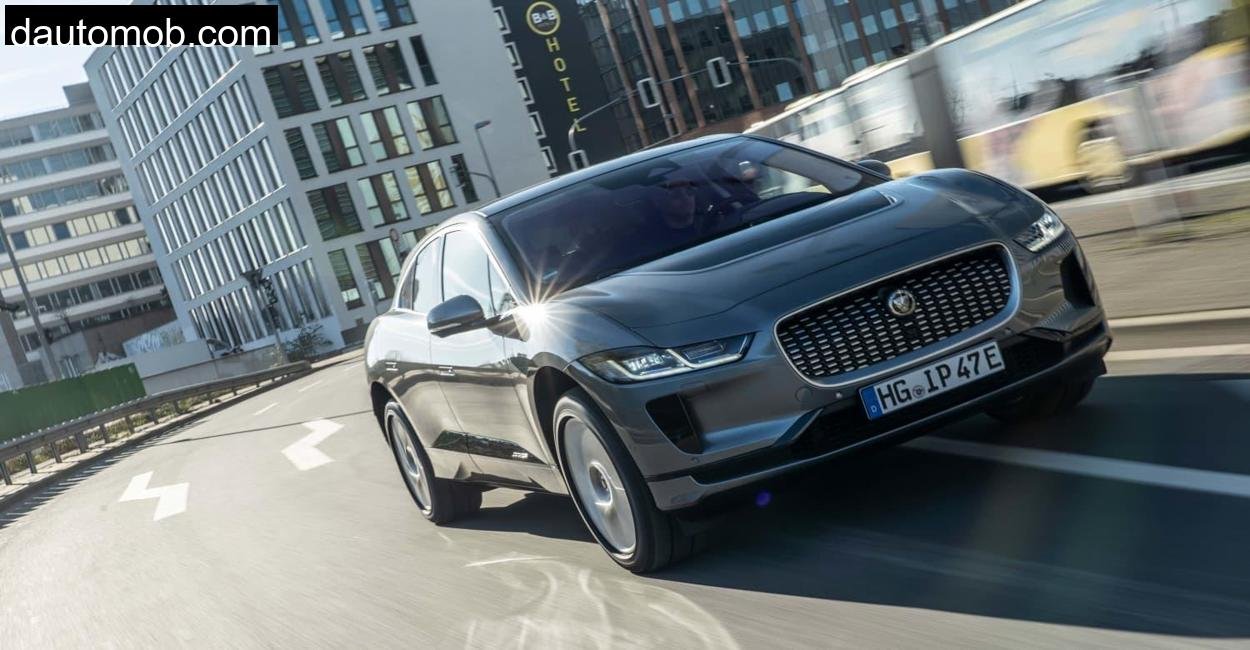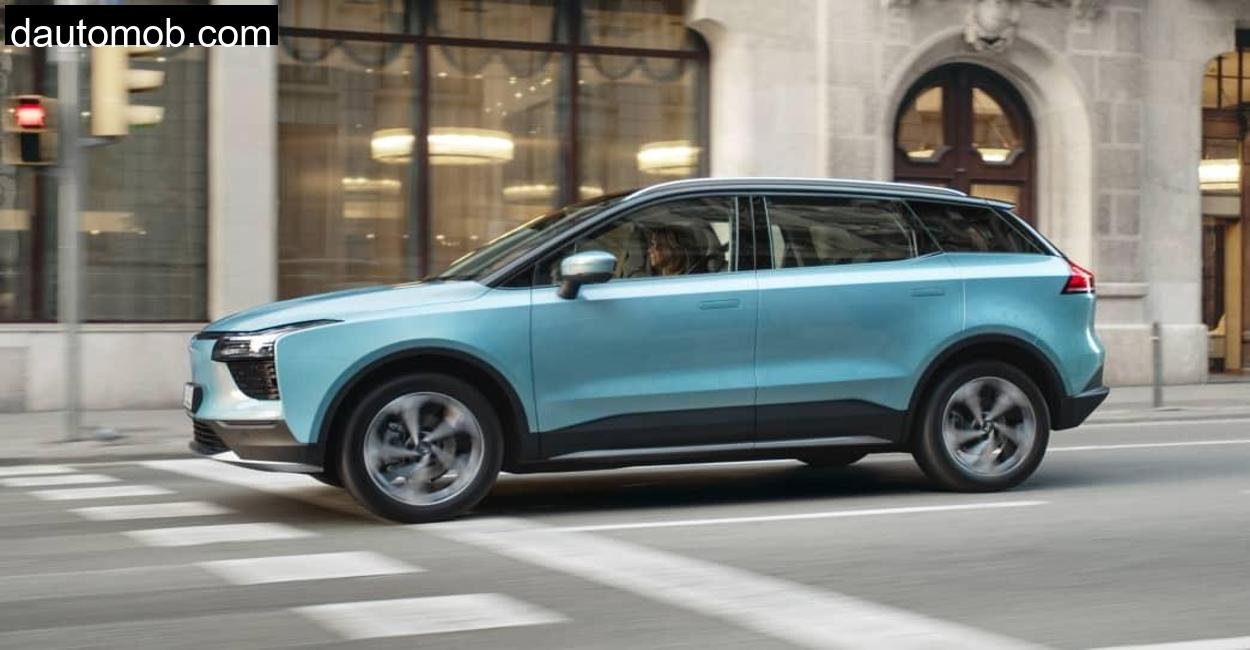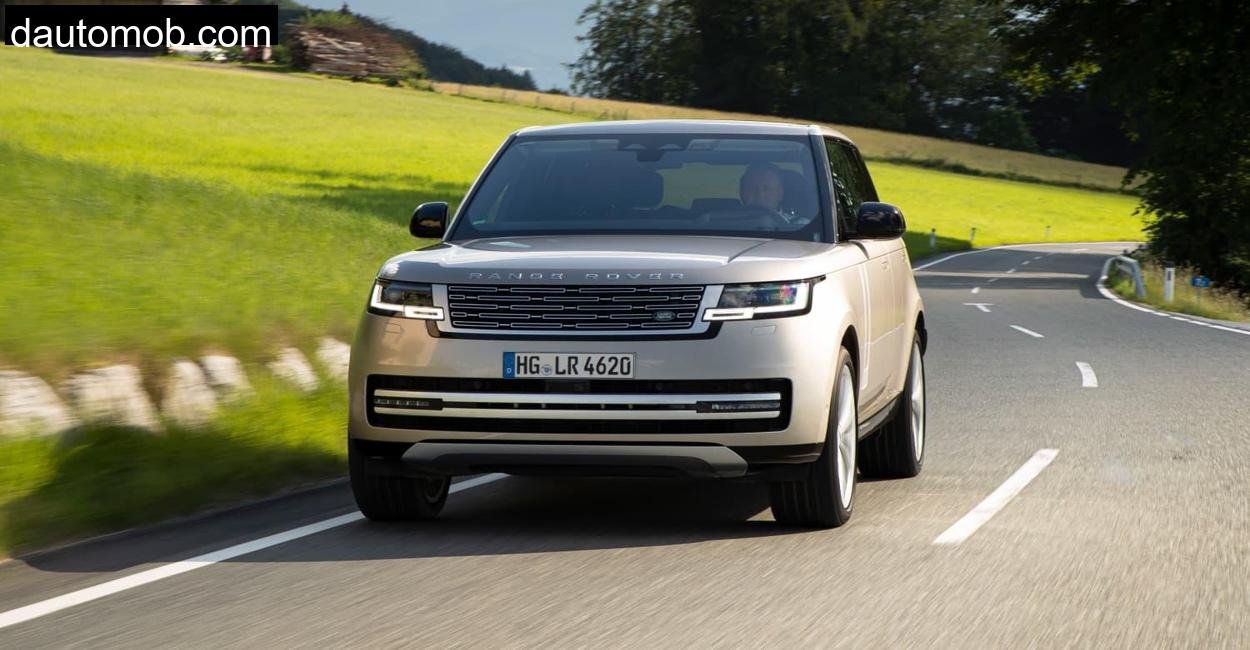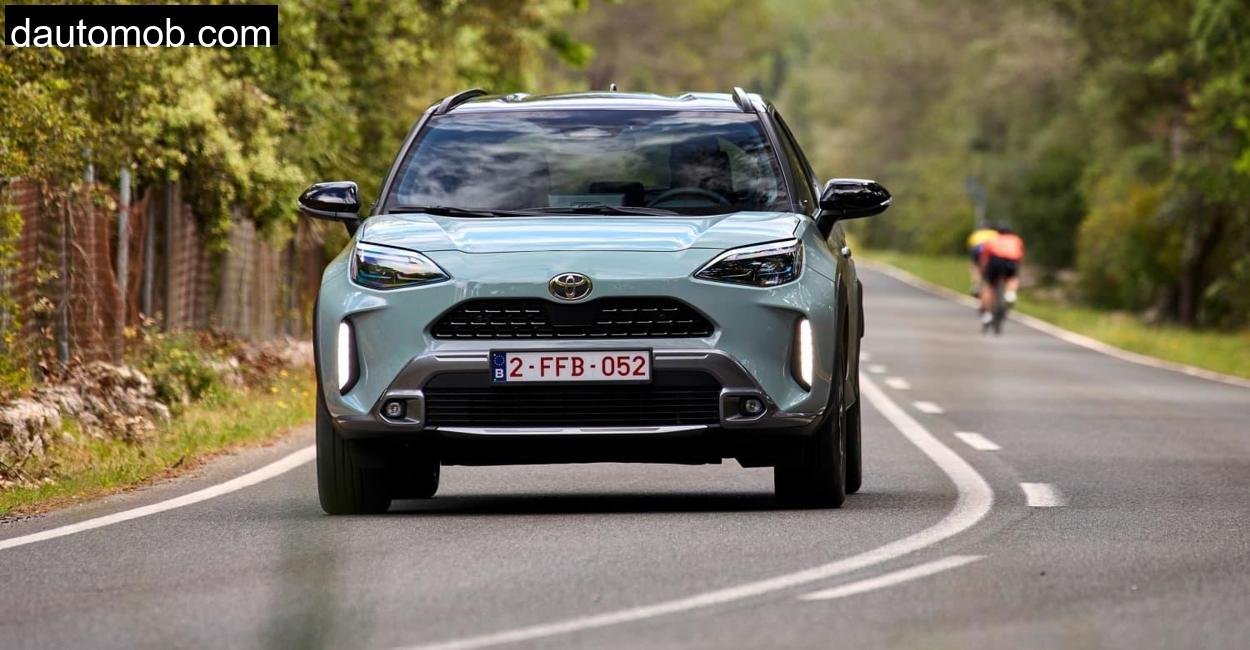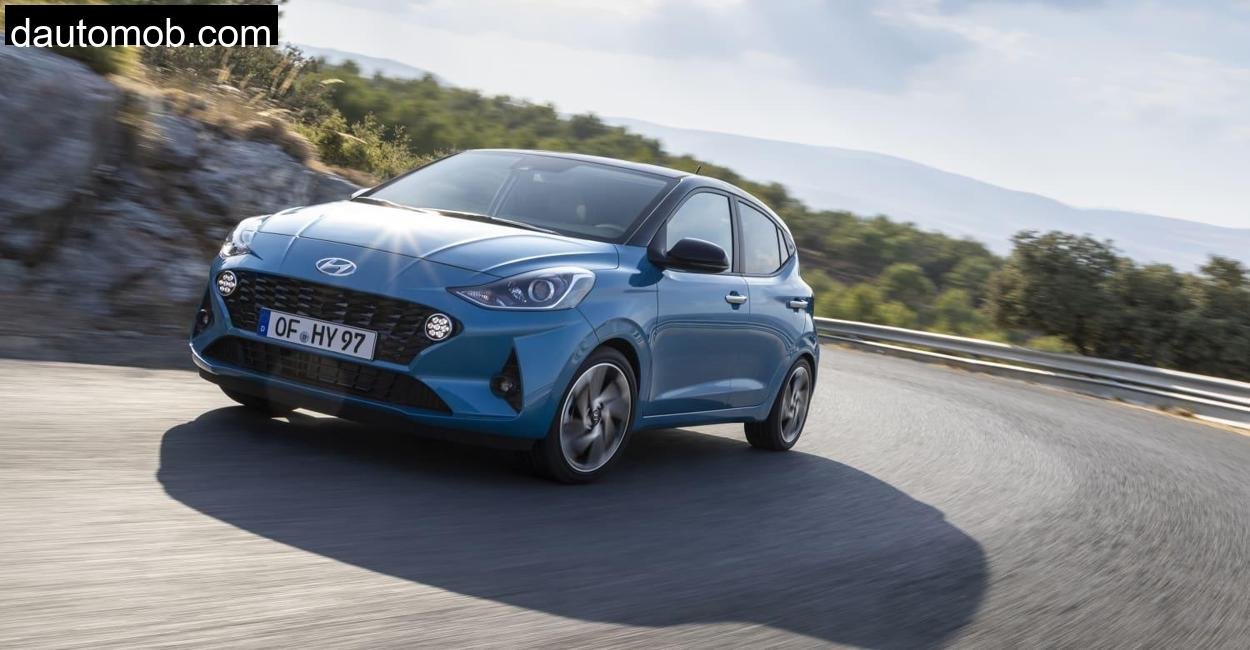I still remember the chill in the morning air as I rolled into Harplage, that sleepy stretch of Lower Saxony framed by forested ridges and grazing sheep. The mist was just starting to lift off the winding hill roads, and all you could hear was birdsong, and the subtle hum of the Renault Kangoo E, Tech as I nudged it onto the gravel. No engine noise. No drama. Just silence, broken by the occasional crunch of tires on loose stone.
If any place could reveal the truth about an electric high, roof van like the Kangoo E, Tech, it would be here, up and down the climbs, through narrow village lanes, and over stretches of rough rural asphalt. A real, world test, not just city commuting or brochure promises. I was about to find out if this electric family workhorse could really deliver.
The Electric Kangoo Arrives: A Familiar Shape with a New Heart
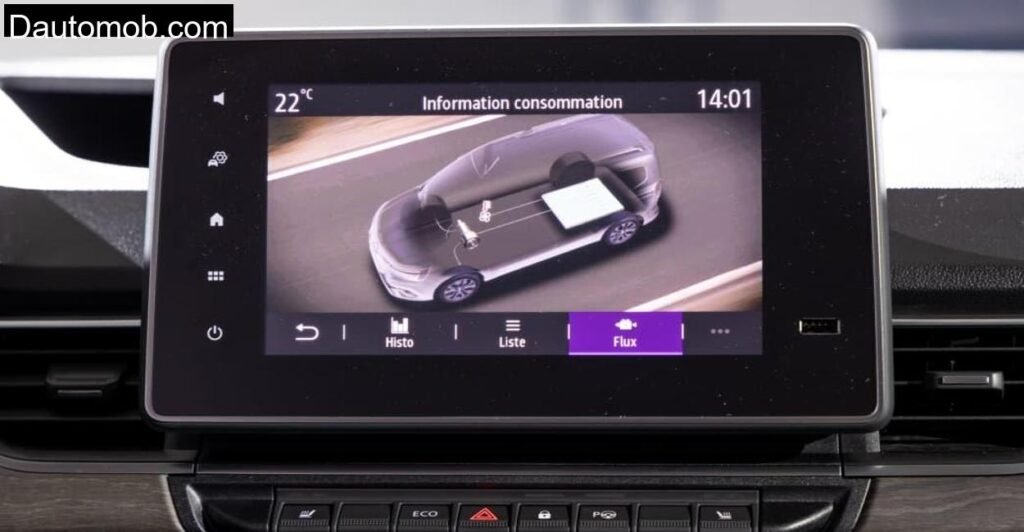
The Kangoo has always been a bit of an unsung hero in Europe’s family car game, part van, part people mover, a jack, of, all, trades with sliding doors and enough room to carry kids, groceries, and maybe a spare washing machine if needed. So electrifying this car felt overdue.
Renault has already dipped into electric commercial vans for years, but this Kangoo E, Tech targets families, not fleet managers. And on paper, it has everything you’d expect from a modern EV: 122 hp, a 45 kWh battery, fast charging (if you tick the right box), and all the clever family, centric features that made the Kangoo beloved in the first place. But as I pulled out of the village and started heading uphill into the forest, I realized very quickly, paper specs don’t tell the whole story.
Torque, Tarmac, and That 122 hp Motor: Real, World Driving in Harplage
Electric motors always have this magic trick: instant torque. And sure enough, the Kangoo leapt off the line when I gave it some throttle. You wouldn’t call it fast, not with a 0, 100 km/h time of 12.6 seconds, but that immediate 245 Nm of torque made climbing the short, sharp hairpins in Harplage strangely satisfying.
It’s front, wheel drive, and when pushed too hard out of corners, the front tires squealed a protest. But keep it smooth, and it glides. In everyday village and country use, speeds from 15 to 80 km/h, it has enough punch to overtake tractors, keep up with traffic, and climb steep slopes without a sweat.
Above 110 km/h though, the Kangoo gets breathless. On the one straight stretch of B, road where I could get up to 130 km/h, it felt more like the car was politely asking me to slow back down. And to be honest, that’s fine. This isn’t a motorway cruiser; it’s a workhorse for school runs, IKEA missions, and cross, town adventures.
Battery Life and the Range Reality: How Far Will It Really Go?
Here’s the bit I was most skeptical about: the range. Renault claims 285 kilometers WLTP, but I know better than to trust brochure numbers.
With a fully charged battery in Eco mode, I headed out from Harplage toward Bockenem, then looped back through the hills, mostly at 60 to 90 km/h, with heating set to mild and minimal use of air conditioning. After 112 kilometers of spirited but sensible driving, I’d used about 52% of the battery.
That roughly lined up with the ADAC, tested range of 230 km, and that’s being optimistic. Cold weather or fast highway driving will bring it closer to 200 km or less. It’s not a dealbreaker for town use or day trips, but forget about Berlin to Hamburg without a charging stop.
The Kangoo’s real, world energy consumption during my test hovered around 22 kWh/100 km, higher than the WLTP 20.2 figure. That included charging losses, and given the car’s boxy shape and weight, it makes sense. This car is more appliance than aero, sculpted marvel.
Charging Infrastructure and Options: Check the Boxes or Pay the Price
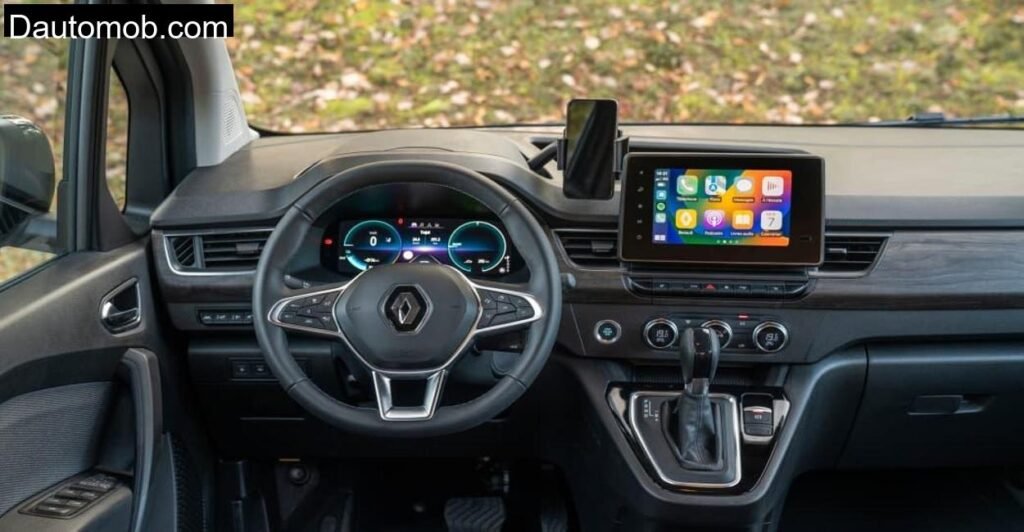
Charging the Kangoo E, Tech is one of those areas where Renault gives you choices, but you better pick carefully. The standard 11 kW onboard charger is fine for overnight home charging, but painfully slow if you rely on public AC points during errands.
My test vehicle had the 22 kW AC and 80 kW DC fast, charging option, which cut charging time at a local HPC charger in Seesen to about 38 minutes from 15% to 80%. That makes it usable on longer hauls, but only just. Without this option, charging becomes a serious bottleneck.
Regeneration can be adjusted in three stages via a paddle switch, and while it doesn’t offer true one, pedal driving, it helps squeeze out some extra kilometers in stop, and, go driving.
Interior Space, Tech, and Everyday Use: A Van You Can Live With
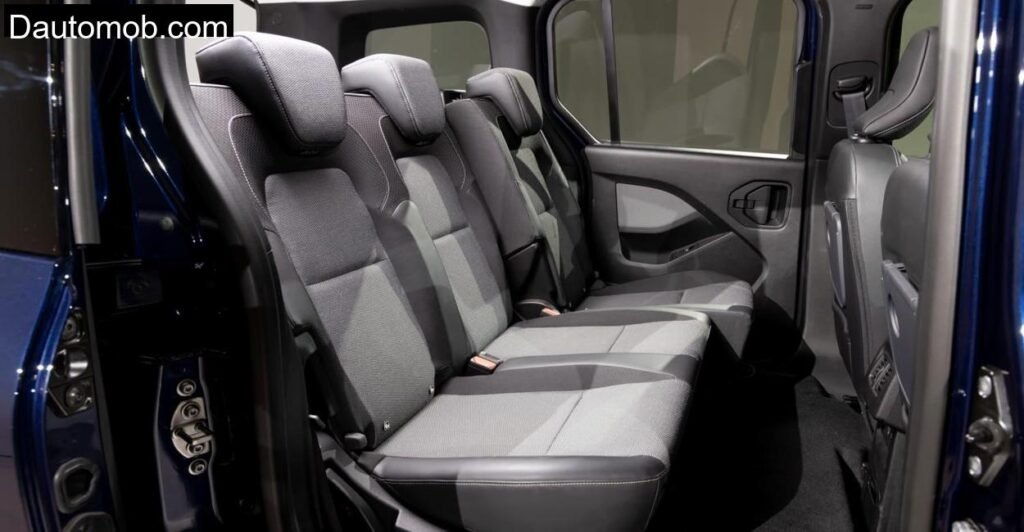
Once I parked under a chestnut tree by the Harplage cemetery and opened the wide sliding doors, I remembered why the Kangoo matters. It’s practical in a very human way. I threw in my muddy hiking boots, a backpack, and a bike helmet into the back, no problem. Then I adjusted the sliding rear bench to create a little more rear legroom and reclined the seatback. Done in seconds. This thing is like a Lego set for grown, ups.
Storage is everywhere. Huge glovebox. Compartments in the floor. USB ports up front and in the rear. A wireless phone tray that actually holds your phone still. And the mobile phone mount beside the infotainment screen might be ugly, but it works better than any “premium” phone tray I’ve seen.
Infotainment is powered by Renault’s EASY LINK system on an 8, inch screen. It’s not the slickest in terms of graphics, but it’s logical and usable. Some settings are buried, and I wish Renault had included real knobs for volume and climate controls, but the screen is angled toward the driver and easy to read even in bright sunlight.
And if you’re tall, this is your car. I’m just under 1.90 meters, and I had headroom to spare in both front and rear seats. Kids will love the upright seating and big windows; adults won’t complain about long rides, unless you’re pushing the range limit.
Trunk, Trailer, and Toughness: The Kangoo’s Workhorse DNA

With the rear bench in place, I measured 950 liters of trunk space, enough for groceries, backpacks, a stroller, and then some. Fold the seats and you get a van, like 2,500 liters of flat cargo floor. There’s no frunk, but the trunk makes up for it.
More impressively, the Kangoo E, Tech is rated to tow up to 1,500 kg with brakes. That’s a rarity in small EVs and makes it suitable for pulling a small trailer, camping pod, or bike hauler. I didn’t tow during this test, but it’s a big plus for anyone who needs that functionality.
Suspension, wise, the Kangoo rides firm at low speeds, especially on the cobbled streets of Wesseln, but becomes smoother above 40 km/h. Body roll is present, and ESP kicks in early during evasive maneuvers. It’s safe, but not sporty. Think practical, not playful.
Tech Specs: Renault Kangoo E, Tech Electric (Techno EV45 AC22)
Every technical specification is obtained directly from the official Renault website for accuracy.
| Specification | Details |
| Powertrain | Electric (front, wheel drive) |
| Motor Output | 90 kW (122 hp) |
| Torque | 245 Nm |
| Acceleration (0, 100 km/h) | 12.6 seconds |
| Top Speed | 135 km/h |
| Battery Capacity (gross) | 45 kWh |
| WLTP Range | 285 km |
| Real, World Range (tested) | ~230 km |
| Energy Consumption (ADAC) | 21.9 kWh/100 km (incl. charging) |
| Charging (AC) | 2.3 , 22 kW (optional) |
| Charging (DC) | Up to 80 kW (optional) |
| Trunk Volume (min, max) | 950 , 2,500 liters |
| Towing Capacity (braked) | 1,500 kg |
| Vehicle Dimensions (L x W x H) | 4486 x 1919 x 1838 mm |
| Weight (empty) | 1,871 kg |
| Base Price | €39,950 |
| Test Car Price (Techno + options) | ~€43,500 |
Conclusion: A Brilliant Second Car That Nearly Gets It All Right
The Renault Kangoo E, Tech Electric isn’t revolutionary. It’s not the fastest EV, not the longest, range, and certainly not the cheapest. But it is honest. It’s incredibly spacious, thoughtfully designed, and extremely easy to live with, as long as your life mostly happens within a 200, kilometer radius and your trips aren’t defined by autobahn speeds.
In Harplage, it felt completely in its element, quiet, clean, and capable. I could load it with hiking gear, shuttle people around comfortably, and know that I wasn’t burning fuel just to go about my day. That’s the promise of electric vans like this: everyday practicality without guilt.
If you need to cover big distances regularly, the Kangoo E, Tech isn’t for you. But as a family runabout or urban transporter with bonus van practicality, it’s genuinely excellent.
Is the Renault Kangoo E-Tech good for long, distance travel?
Not ideal. With a real, world range of about 230 km and limited fast, charging speeds (unless optioned), it’s better suited to regional driving and urban use.
How long does Renault Kangoo E-Tech take to charge?
With the optional 80 kW DC charger, 15% to 80% takes around 38, 45 minutes. On standard AC (11 kW), a full charge takes about 4 hours.
Is the Renault Kangoo E-Tech spacious?
Absolutely. With up to 2,500 liters of cargo space and a flexible rear bench, it’s one of the most spacious electric vehicles in its class.
